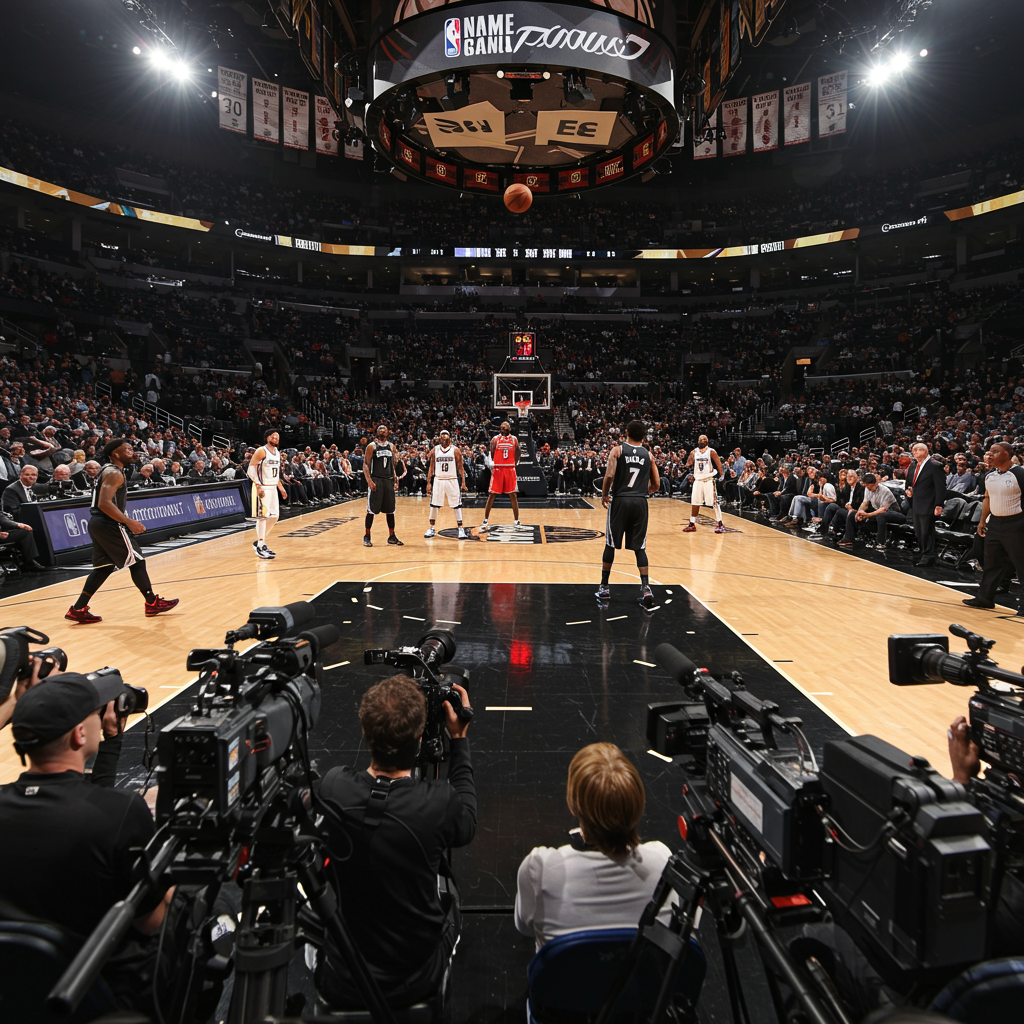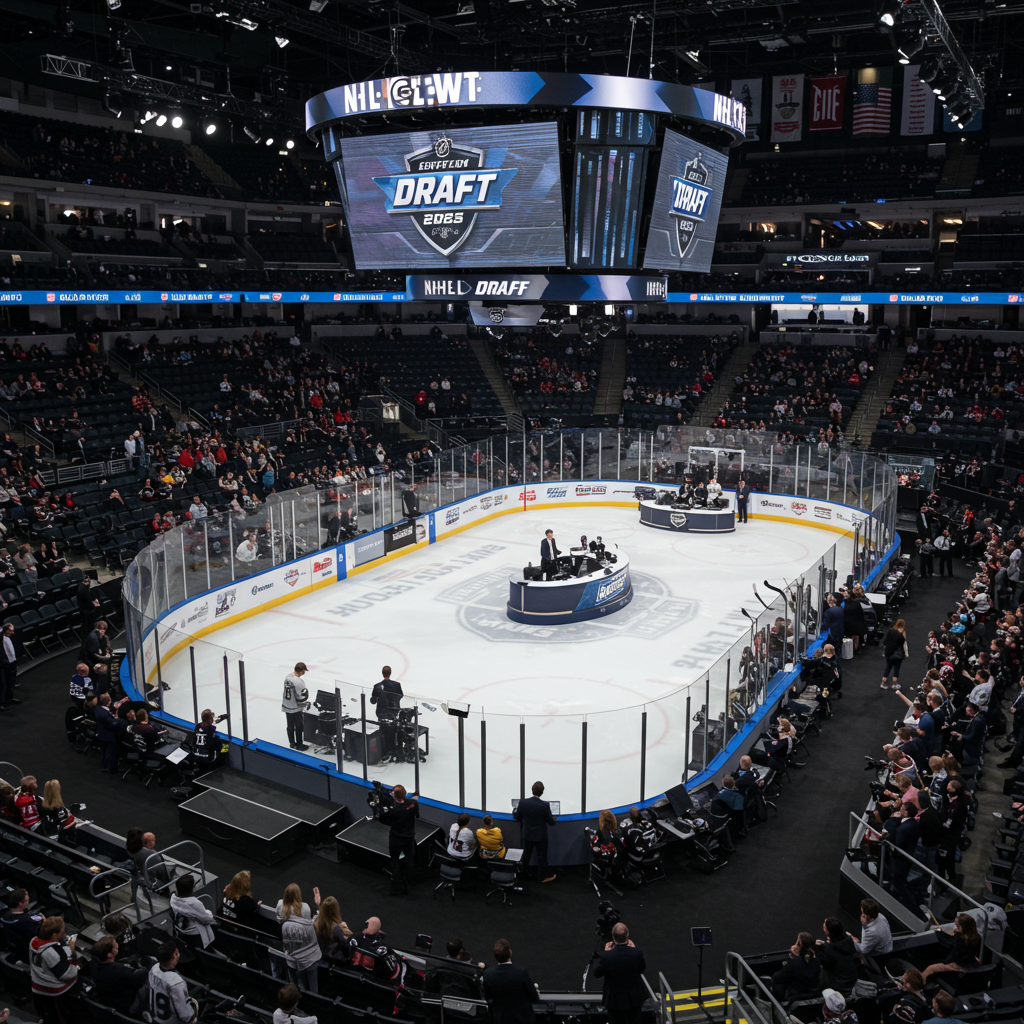For many sports fans, no two words carry more weight than “Game 7.” It represents the ultimate winner-take-all scenario, the culmination of a long season and grueling playoff run. As a highly anticipated NBA Finals reached this dramatic conclusion, the focus shifted beyond the competing teams to the league and its broadcast partner, ESPN/ABC. The question loomed: could they deliver a television experience worthy of the moment?
The inherent drama of a Game 7 needs little exaggeration. Like Al Michaels’ famous intro before the “Miracle On Ice,” some events are so monumental they speak for themselves. The interest is built-in; the challenge for the broadcaster is to amplify that feeling of historical significance without overshadowing the action on the court.
The Broadcast Challenge: Living Up to the Moment
Delivering a Game 7 broadcast isn’t about manufacturing hype, but rather ensuring the presentation matches the immense stakes. This involves highlighting what the game means for the players and franchises, and placing it within the rich tapestry of NBA history. Think of iconic moments from past Finals – Magic Johnson’s rookie heroics for the Lakers in 1980, Michael Jordan’s clutch shots, or LeBron James’s decisive block in 2016. A great broadcast should evoke this legacy, reminding viewers of the historical context playing out before them.
A key piece of advice for the broadcast team, particularly for a major network like ESPN, is simple yet crucial: make the game the star. The focus should remain squarely on the action, the strategies, and the players’ performances, rather than centering the narrative around the network or its personalities. While sports commentary often features personality-driven discussions, like those questioning a player’s status as the “face of the league,” the Game 7 moment calls for an unwavering focus on the competition unfolding live.
The Announcing Team and Presentation
The pressure to “nail the big moments” falls not just on the players, but equally on the broadcast team and the production crew – the producer and director. For the ESPN/ABC booth featuring Mike Breen, Doris Burke, and Richard Jefferson, this particular Game 7 offered a unique advantage: shared experience from the last NBA Finals Game 7 in 2016. Breen called the play-by-play, Burke was on the sideline, and Jefferson was a player for the winning Cavaliers. Drawing on this direct connection to recent Finals history could add valuable insight and depth to the telecast. Notably, this Game 7 was also expected to be the final broadcast together for this acclaimed trio.
Ultimately, broadcast success in a Game 7 is measured by simplicity: after the game ends, are people talking about the incredible plays, the outcome, and the drama, or are they discussing the production itself? The goal is for the broadcast to be a seamless, compelling window into the event, not the event itself.
The NBA itself has shown recent responsiveness to fan and media feedback regarding the broadcast presentation during these Finals. Changes like adding digitized Finals logos to the court and, notably, bringing back televised pre-game player introductions (absent for over a decade) were viewed positively. While reactive, these adjustments demonstrated a willingness to enhance the viewer experience. Restoring player intros, in particular, is a simple but effective way to build anticipation and make a game feel bigger – drawing parallels to the importance of entrances in professional wrestling. This “event-izing” approach is something future NBA broadcasters are expected to emphasize.
Viewership Expectations
Game 7s historically provide a massive viewership lift. Data from past NBA Finals Game 7s shows an average audience increase of 65 percent compared to the rest of the series. However, not all Game 7s are created equal. The 2016 clash between the Cavaliers and Warriors, featuring LeBron James and Stephen Curry, remains the benchmark, drawing an enormous 31 million viewers.
For this particular Game 7, featuring the Pacers and Thunder, viewership expectations were more modest. Given the ratings for the earlier games in the series, projections estimated viewership between 15-18 million. While significantly lower than the 2016 peak and potentially below major college sports championship numbers (like a high-profile football title game), reaching a Game 7 was still a positive outcome for the NBA and ESPN. A longer series, culminating in a Game 7, prevents the average viewership for the Finals from being “catastrophic,” providing a much-needed boost regardless of whether it sets historical records.
In the end, “Game 7” delivers the drama. The task for the NBA and ESPN is to ensure their presentation rises to meet it, focusing on the history, the stakes, and the action, allowing basketball’s two greatest words to shine brightest.




